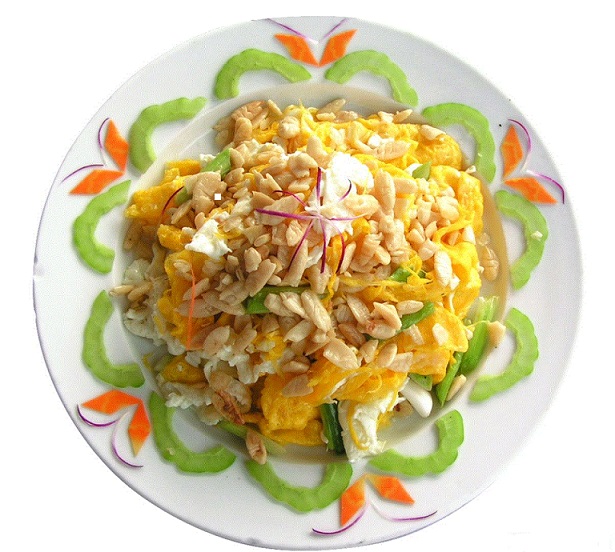
Chinese culinary art
The
Chinese culinary art is old. At the time, Zhou Yin, there are 3000 years, China has
invented and discovered seasonings such as soy sauce, vinegar, wine, jams and
spices. It has also a lot of know-how in culinary art. At the time of the
Spring and Autumn and Warring States time (770-221 B.C.), we began to study
culinary techniques and publish books of recipes. Lü Shi Chun Qiu the
(encyclopedic book syncretistic trend), published in this period, addresses
issues relating to the control of fire and the assortment of flavors. The book
considers these two elements as the key to the kitchen.
The art of Chinese cooking is correlated with the development of economy and
culture. Over several millennia of research, exploration and constant practice,
the dining experience has been enriched and gave Birth to an original kitchen,
dear to China.
Chinese
dishes are appreciated for their fresh color, sweet smell, their exquisite
flavor and nice presentation. Their preparation is characterized by finesse
towers cutting, the importance given to the exact seasonings and fire control.
We
present briefly some techniques to help fans to prepare Chinese dishes.
Choice of ingredients
The
ingredients for the preparation of the dishes are very rich: raw and cooked
meat products, poultry, eggs, vegetables, melons and fruits, soy products, mountain
products and venison, spices, etc. These materials are classified into two
categories of ELSEWHERE: Fresh and dry. In their choice must ensure their
freshness and quality.
1)
To know the quality of ingredients of animal origin, we must firstly know what
region, these yearlings from their species, and their age and sex, and
secondly, we must examine their shape, color, weight, moisture and odor.
2)
You must choose ingredients based dishes to prepare. When these include pork,
beef, mutton, chicken and duck meat can be coarse or fine, tough or soft
according to the homelands. For example, pork offers twenty usable parts: the
net, fat and lean head, seat, thigh, etc.. Tenderloin, lean par excellence,
suitable for stir-fries to keep all the finesse. The mixture of fat and lean is
suitable for steamed dishes and stews. Thighs are recommended for cooking there
embers and stews. The seat replaces the net well. The steaks and legs are good
to be cooked, toast and simmered while we fried and braised chops. The NIOHC
meat beef and mutton is almost similar to that of pork. Regarding the chicken
and duck, white is the most tender and therefore the most commonly used meat.
In general, chickens and ducks in the year, tender meat, and fried foods are
fried. Those two years are preferably roasted and stewed.
Among
aquatic products, fish do not give in nutritional quality poultry. Shrimp and
crabs, they contain an abundance of phosphorus, calcium and that vitamin. The
scales of a fish are fresh and whole adherent, its gills are red and convex
eyes. The freshness of shrimp is revealed by their black and white color, look
slightly arched and their heads and well furnished tail. For the freshness of
the crabs, you should see if they have a black back and white belly, they move
much spitting foam.
Fin of Chinese culinary art
The philosophy of Chinese food
How
to choose the nature of Chinese food
How 5
food flavors are linked to your health
Go to Chinese dietetics page
Improve your health with traditional natural treatment -B Smart Method of AB Smart Health









